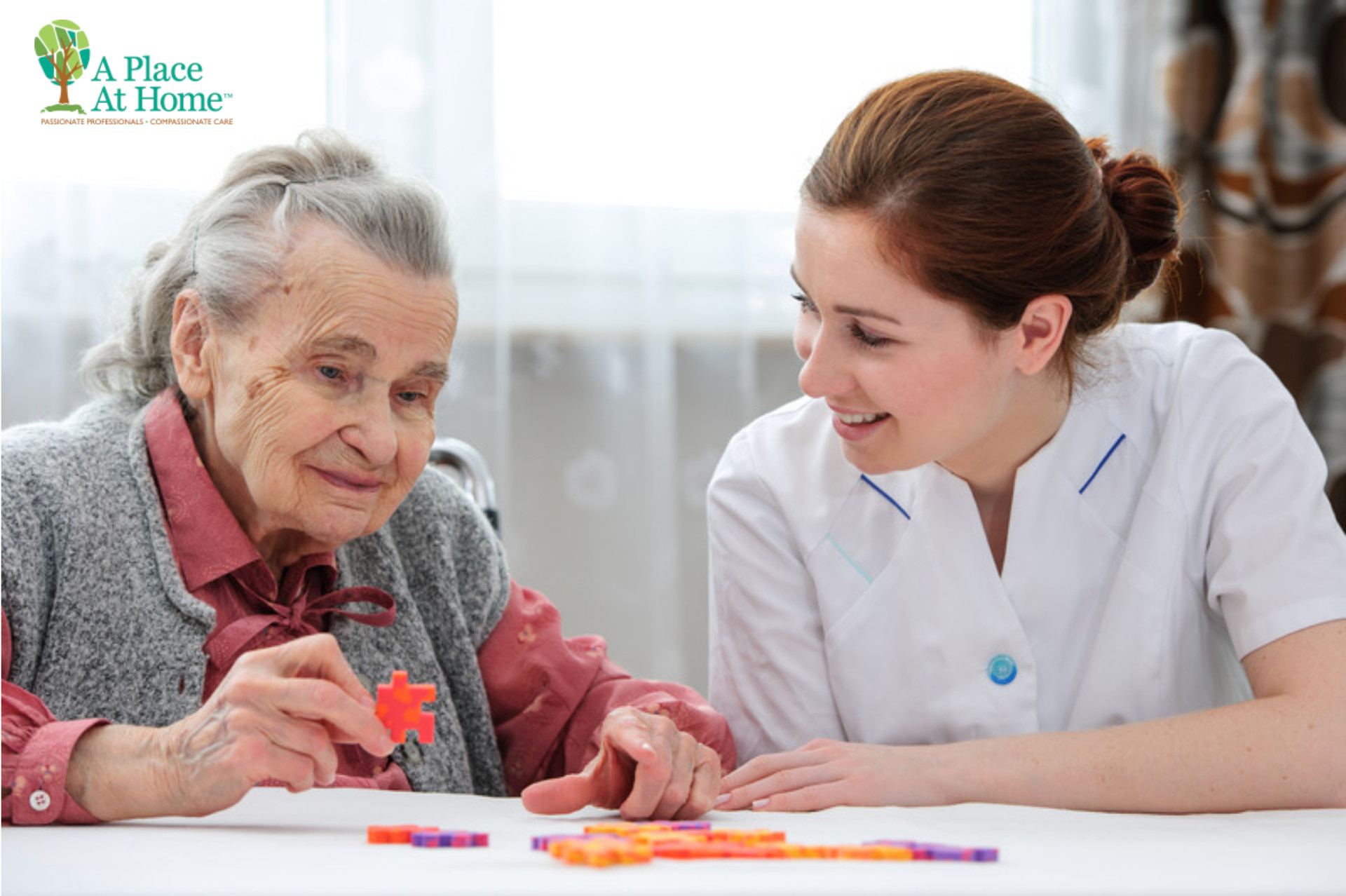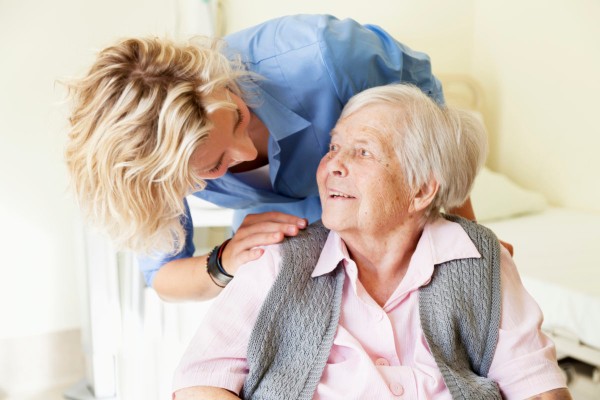How do you know when you can no longer provide the care your loved one needs? These indicators may signal that it’s time to move to memory care.
Beyond forgetfulness, dementia symptoms can include delusions, agitation, extreme personality changes, confusion, and disorientation that can put you and your loved ones at risk. We know that families are doing all they can to provide compassionate and loving care services. We also know that dementia requires specialized care from people who are well-trained to meet the needs of people living with dementia.
1. You Worry About Your Loved One’s Safety
No matter if your loved one lives alone, with you, or in an assisted living community, if you are constantly worried about his or her safety, it may be time to move to memory care. Memory care communities are designed to meet the specialized needs of people living with dementia and with specially trained caregivers, they can keep your loved one safe around the clock.
2. You Worry About Your Own Safety
As dementia progresses, many people experience significant personality changes and can develop confusion and agitation that leads to violence or threats of violence. If your loved one is exhibiting these signs and you are concerned about your own safety or the safety of others in your home, it may be best for your loved one to move to memory care. Memory care communities are familiar with these symptoms and know how to help your loved one work through emotions in a more productive manner.
3. You Are Exhausted
Caregiver burnout is very real and caring for someone with dementia is emotionally and physically exhausting. Many caregivers let their own health suffer while they are taking care of a loved one and caregiving alone is not a sustainable situation. Memory care communities are partners in caregiving and can give you rest while still involving you in important care decisions.
4. Your Loved One Is Neglecting Finances
If your loved one is living alone, take note of their mail. Are you seeing late notices on unpaid bills? What about creditor and collection notices? Have an open and honest conversation with your loved one about their financial situation. Neglecting finances is one of the first signs of dementia for many and can leave your loved one open to financial scams, putting their finances at risk.
5. Your Loved One Is Neglecting Personal Care
Unwashed or wrinkled clothing, body odor, unkempt hair, and other personal hygiene issues are another sign that it may be time to move to memory care. It can mean your loved one is missing standard hair and nail appointments, forgetting to bathe, forgetting to do wash, and can be a sign of dementia. Memory care services will include personal care and assistance with activities of daily living that help your loved one stay on track.
6. Your Loved One Wanders
If your loved one wakes in the middle of the night or becomes confused and disoriented he or she may wander. Wandering can be extremely dangerous as your loved one will walk and not realize where they are, or how to get back home. It can put seniors in dangerous situations and leave them exposed to harsh elements in the winter and summer. Memory care communities are secured and often have enclosed outdoor spaces to keep your loved one from wandering off without a caregiver.
7. Living Conditions Are Subpar
Early dementia can sometimes present itself as hoarding. If you see that your loved one is no longer caring for his or her home, the mail is piling up, food is spoiled in the refrigerator, dishes are left out, and other household messes become uncontrollable, it may be time to move to memory care. Memory care communities include housekeeping and linen services, helping your loved one stay clean and well in their apartment home.
8. Your Loved One Is Isolated & Lonely
Getting out with a loved one with dementia can be difficult for caregivers and it’s very easy for people with dementia to sink into isolation. Feelings of isolation and loneliness can increase the risk of depression. Memory care communities have active and engaging calendars with activities that are specifically designed for people with dementia. Activities are meant to be purposeful and fun while also mitigating some of the agitation and anxiety dementia brings.
9. You Want to Restore Your Relationship With Your Loved One
Over time, as dementia progresses, you have become your loved one’s caregiver. It has changed your relationship and now you spend more time managing their care than anything else. Moving to memory care can help you reverse that relationship so that you get to spend time with your loved one doing the things you love to do together while someone else handles the professional care.








